So… I just read the second of two books in the space of two months about: 1) kids growing up in DC who 2) had a best friend in 7th and 8th grade but 3) then they grew apart, and 4) then the former best friend disappeared after the estrangement, and 5) then the main character, in their late 20s, went abroad to an exotic locale 6) to try to find that former best friend and resolve the issues that plagued them as adolescents.
What are the odds of that?
The first book was Elliott Holt’s You Are One Of Them (reviewed here), and the second was At The Bottom Of Everything by Ben Dolnick.
(Of course, I spent the first half of Dolnick’s book wondering if Holt and Dolnick have read each other’s books and if they are friends and huge fans of each other’s work. I did some Googling and learned that they recently were on a panel together, so I am going to assume that they are at least each familiar with the other’s book).
At The Bottom Of Everything is about Adam and Thomas, boys who became inseparable best friends in middle school. Thomas is an odd kid, smart but socially inept and not interested in mainstream social activities, and when Adam starts to become more popular, the two end up growing apart. But before that happens, the boys are involved in a freak accident with terrible repercussions. They keep the accident a secret, and the book is really about the different ways in which they each carry the burden of the secret. After ten years of silence between them, Adam ends up traveling to India at Thomas’ parents’ request, to find him and bring him home. What happens in India is an incredibly intense experience that forces Thomas and Adam to reconcile their feelings toward each other and try to find redemption.
At the Bottom Of Everything was a page-turner. Dolnick is one talented writer, that’s for sure. He’s incredibly observant and perceptive, and he made me laugh, gasp, wince, and nod in recognition, page after page. Like this passage: “Adult friendship is all talking and laughing and bickering and planning; teenage friendship can be more of a joined solitude, like oxen yoked together. The not-having-to-do-anything can be the whole point.” Or this one: “I’m not sure there’s any emotion worse for you than jealousy. Anger, sadness, pity – even at their worst, they have a kind of purity to them; you’re suffering but you’re righteous, the world is failing to cooperate. But jealousy, oh, what a shameful and wincing performance. You’re not just suffering; you’re afraid of being exposed for your suffering.”
The book is not perfect. The India part went on too long, and the figuratively and literally cavernous climax was a bit much for me. Like in You Are One Of Them, I preferred the first half of the book, which focused on the boys’ friendship and the roots of what drove them apart. I understand why the second half was necessary; I just didn’t find it as successful as the first.
Once again, I loved the DC setting. The accident happened about three miles away from where I am sitting right now, and being able to picture it so vividly made the plot turn that much more powerful for me.
I have so many questions about how Dolnick thought up this story, and how he then researched and wrote it. The anguish of Adam’s guilt, not just psychological but physical too, was so beautifully communicated in this book – I want to know how Dolnick accomplished it.
I really enjoyed At The Bottom Of Everything, just as I liked You Are One Of Them. Both got a little lost in their second halves, but ultimately, the rides were well worth it.

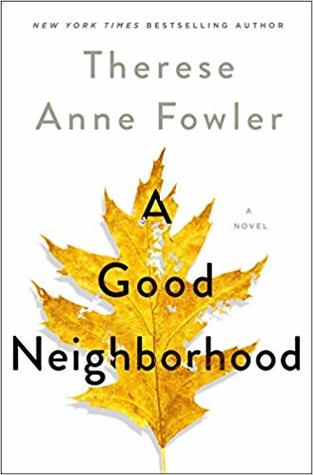


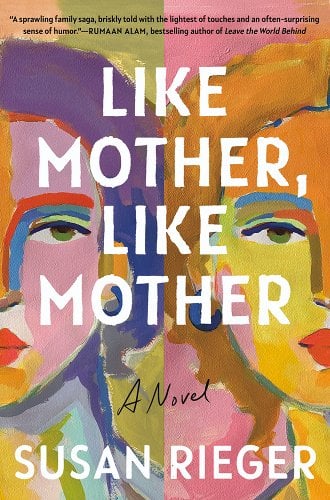

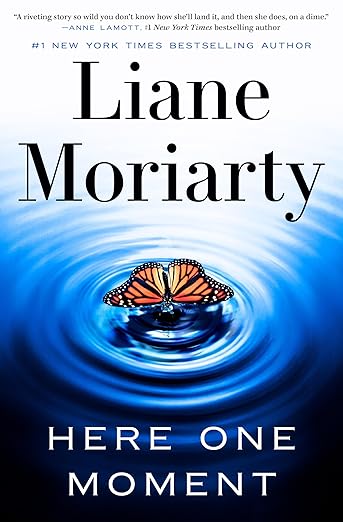
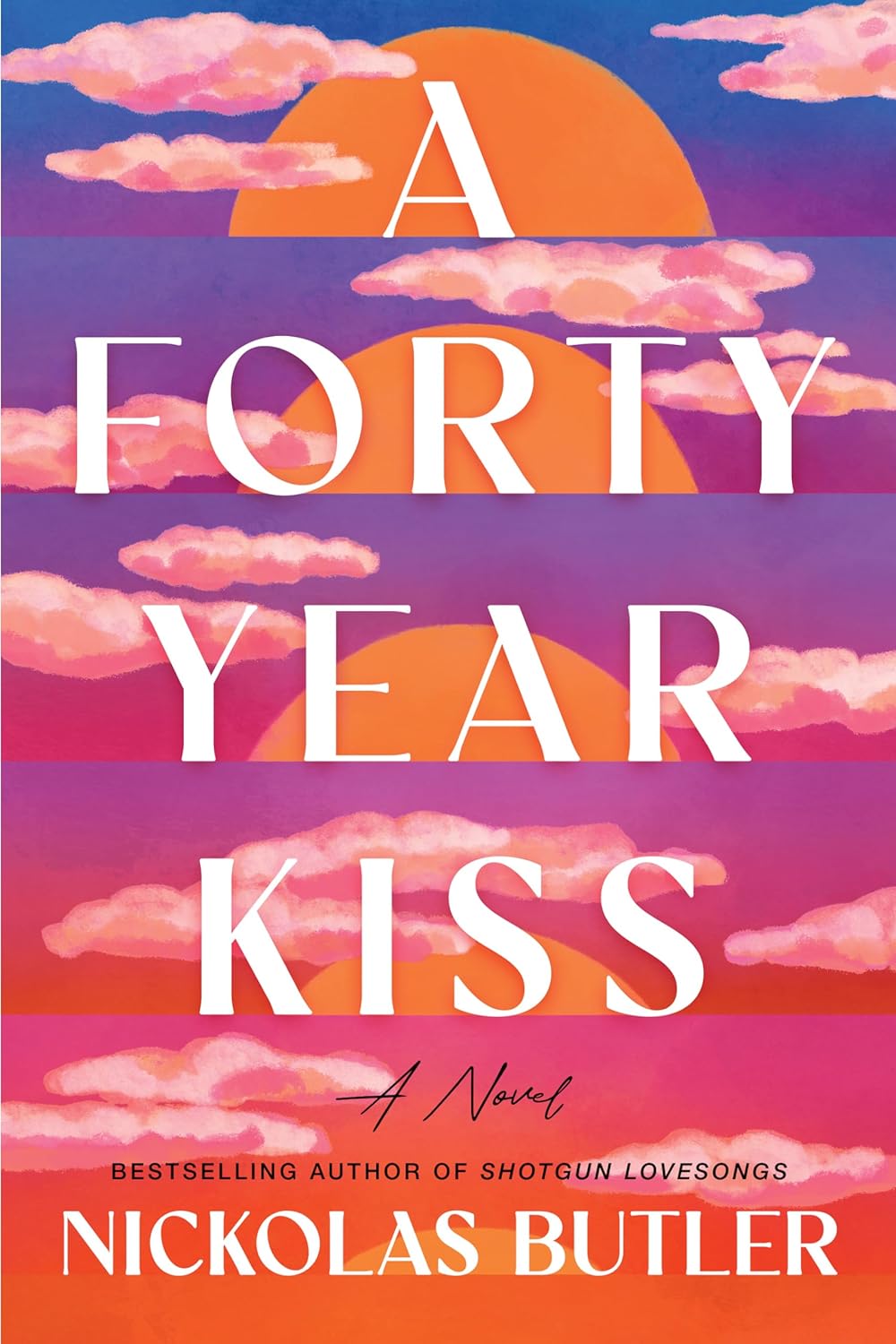
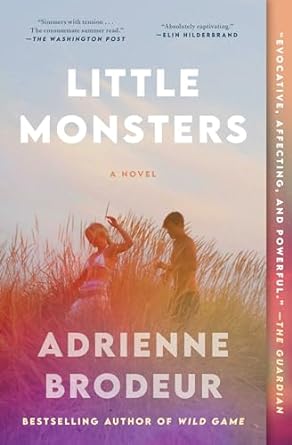
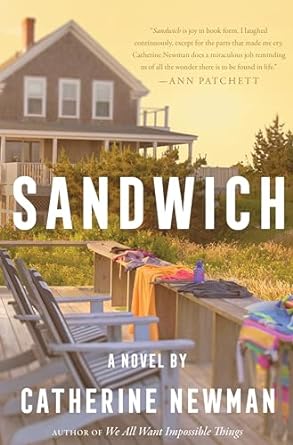
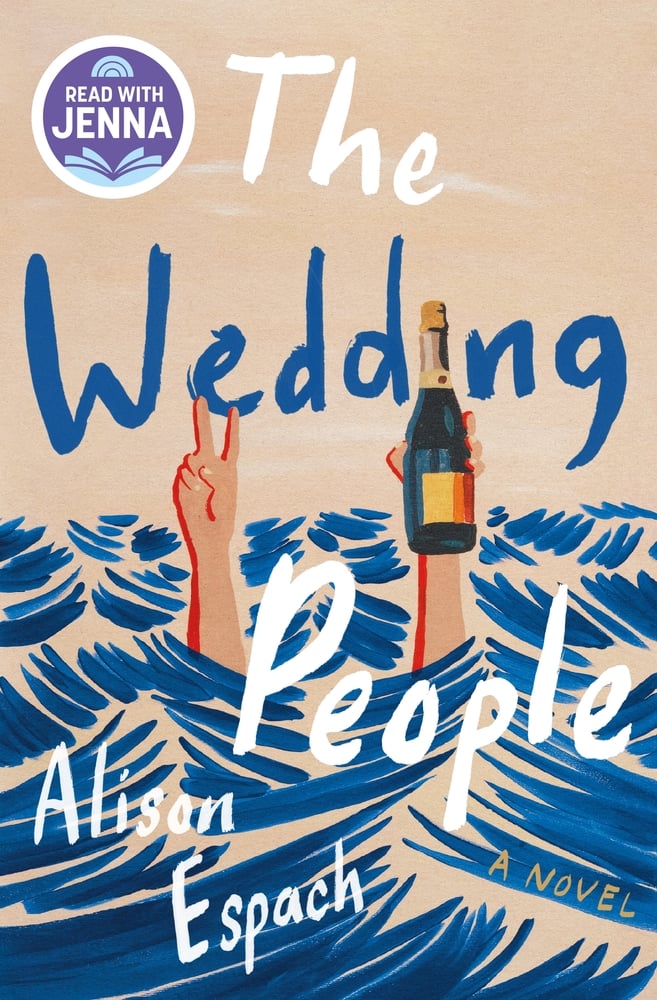

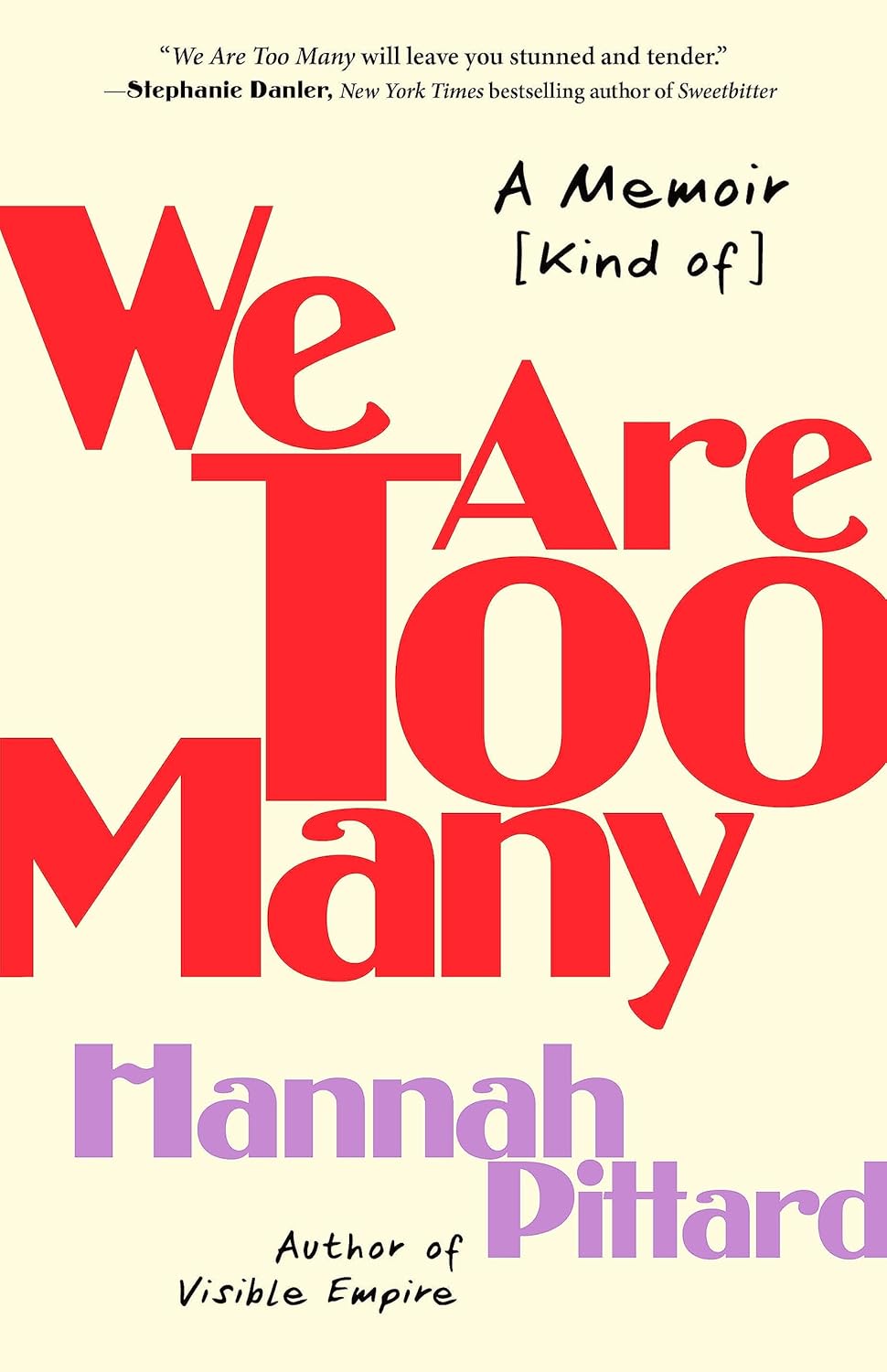
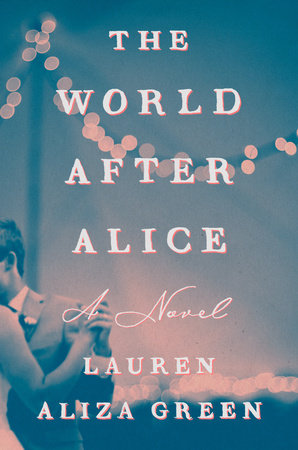



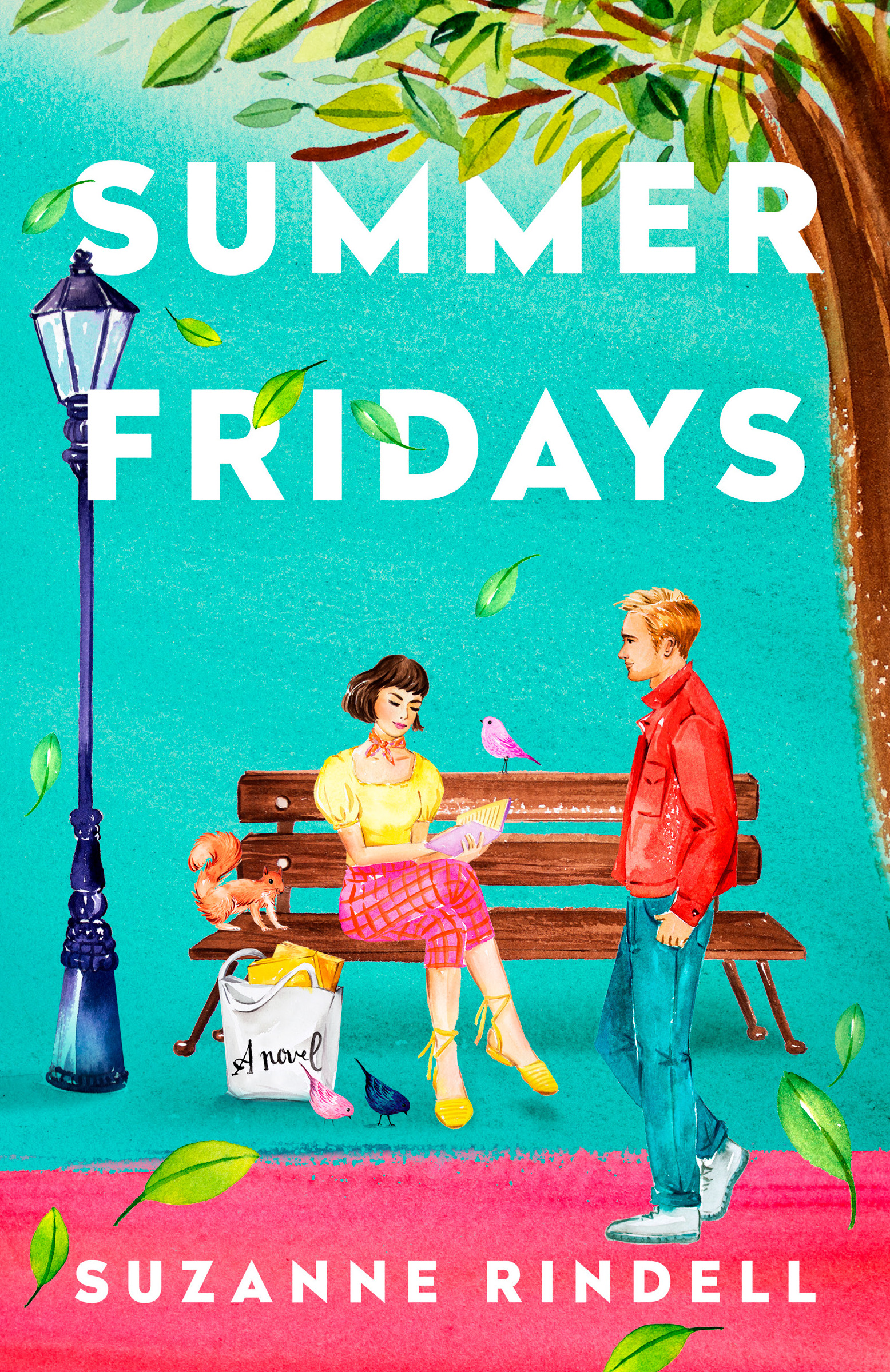

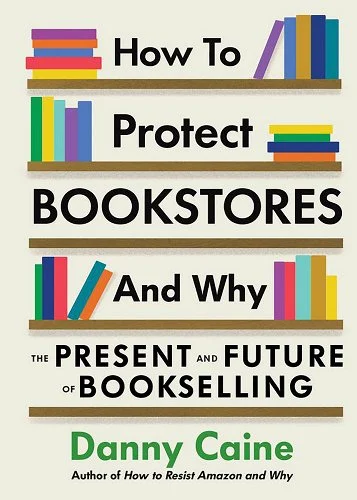
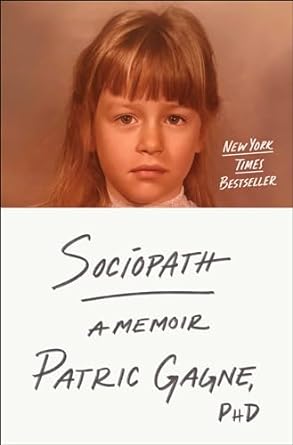
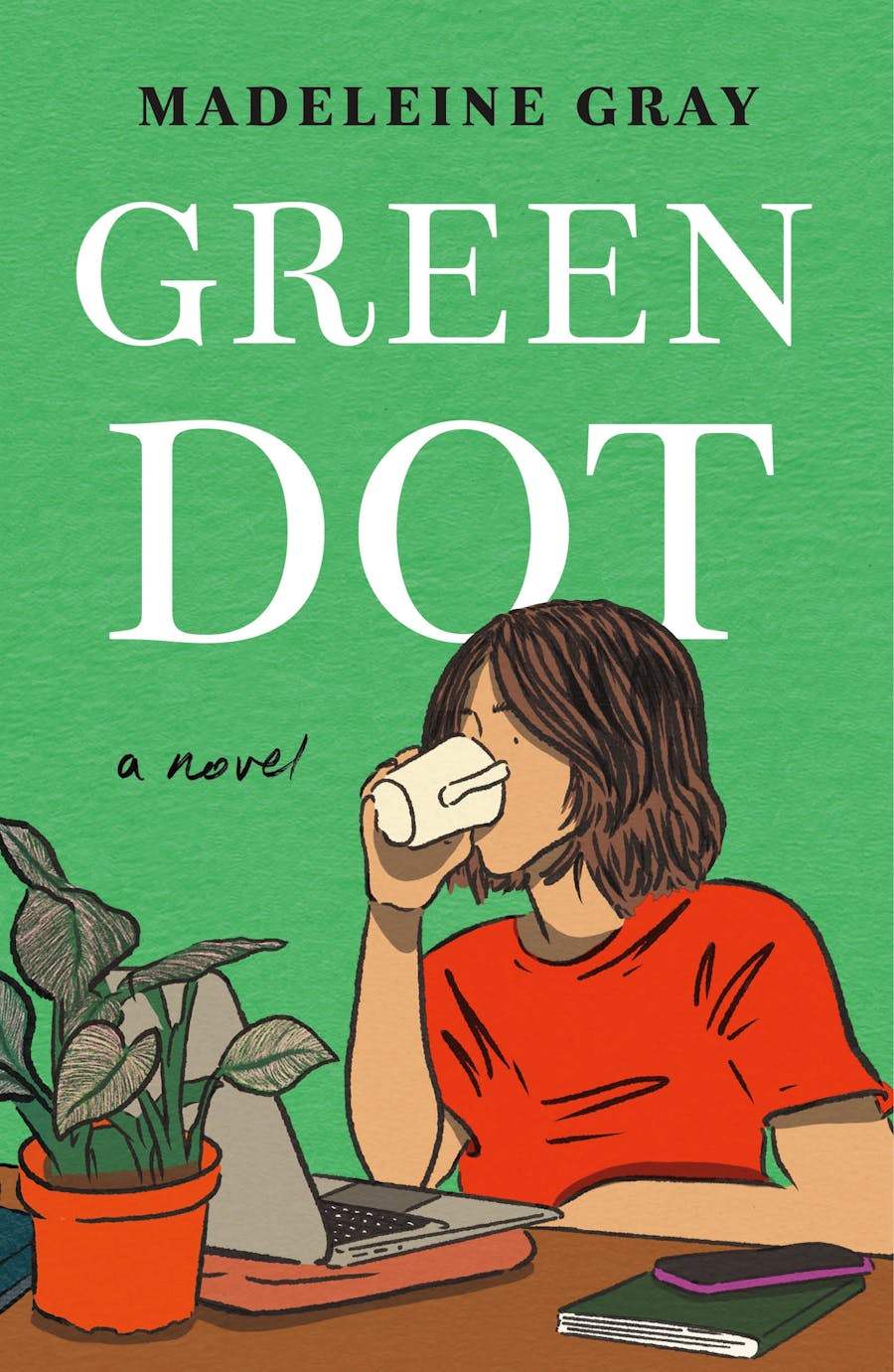


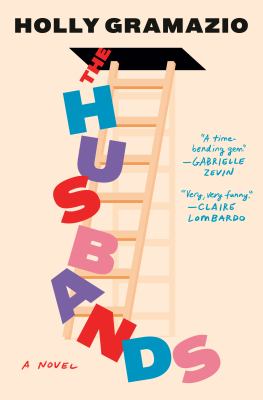
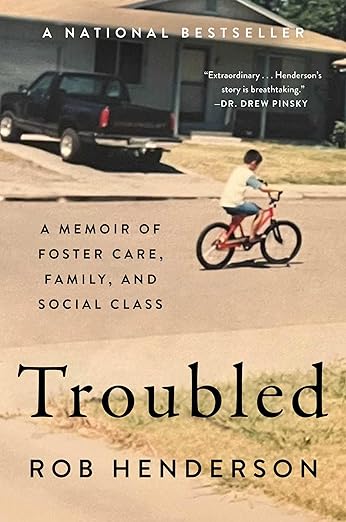
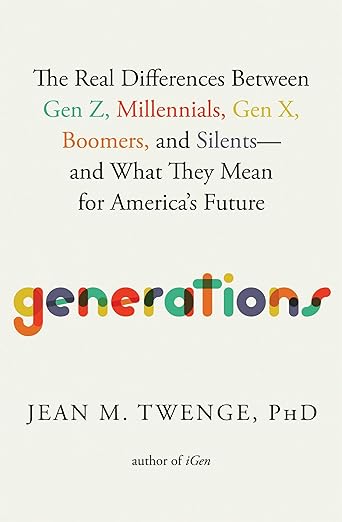
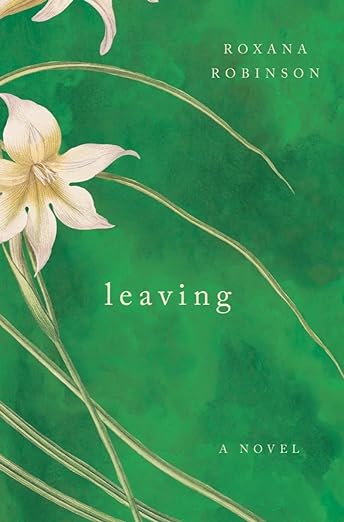
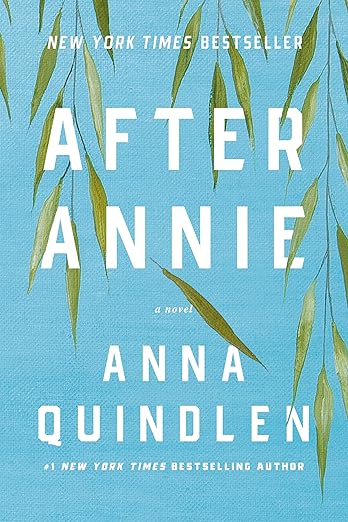
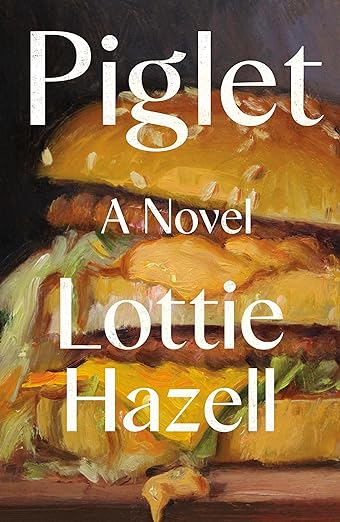

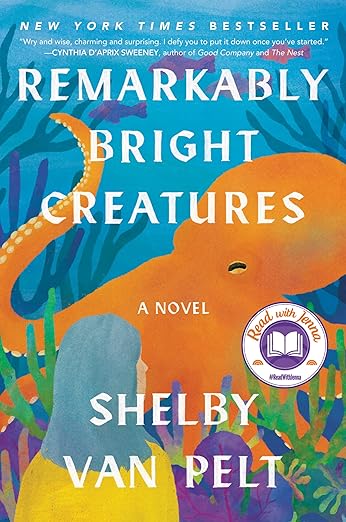
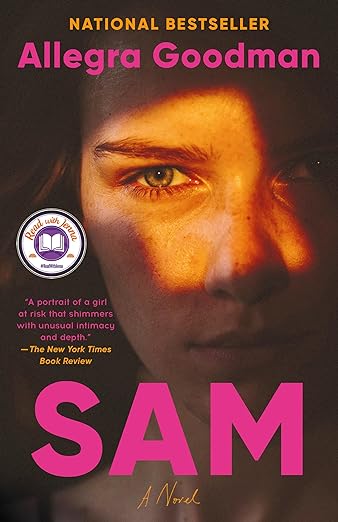

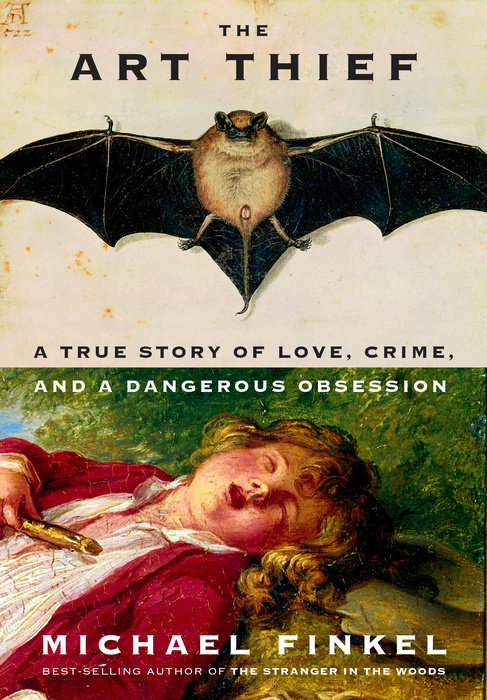

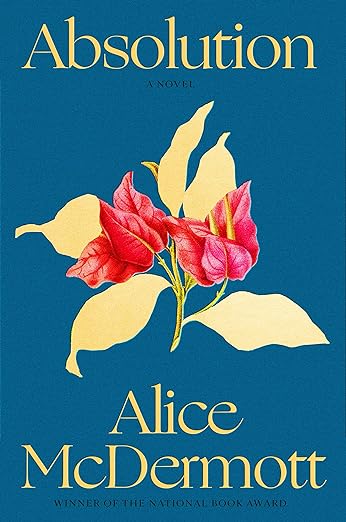

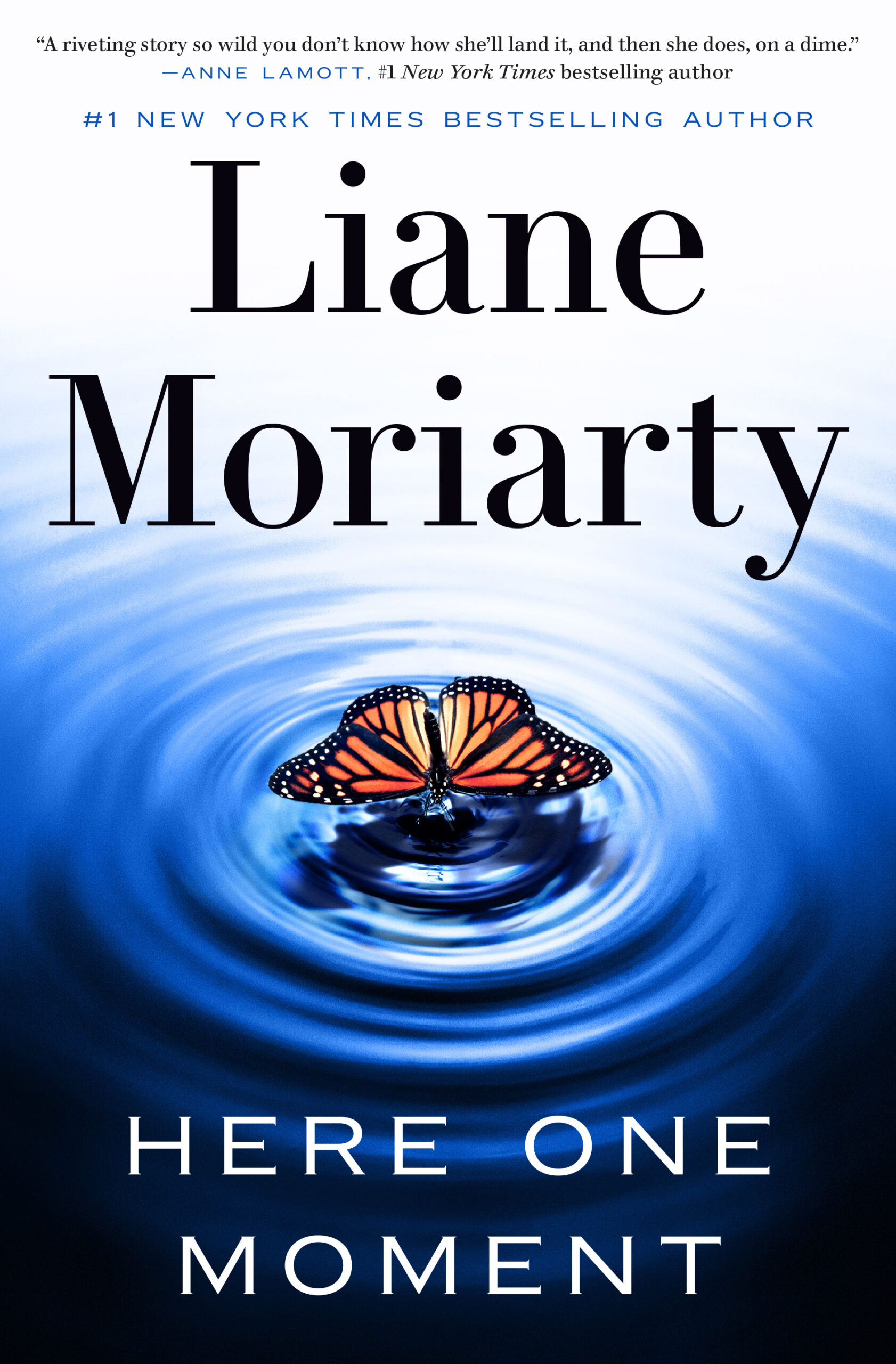
About Me
I have been blogging about books here at Everyday I Write the Book since 2006. I love to read, and I love to talk about books and what other people are reading.